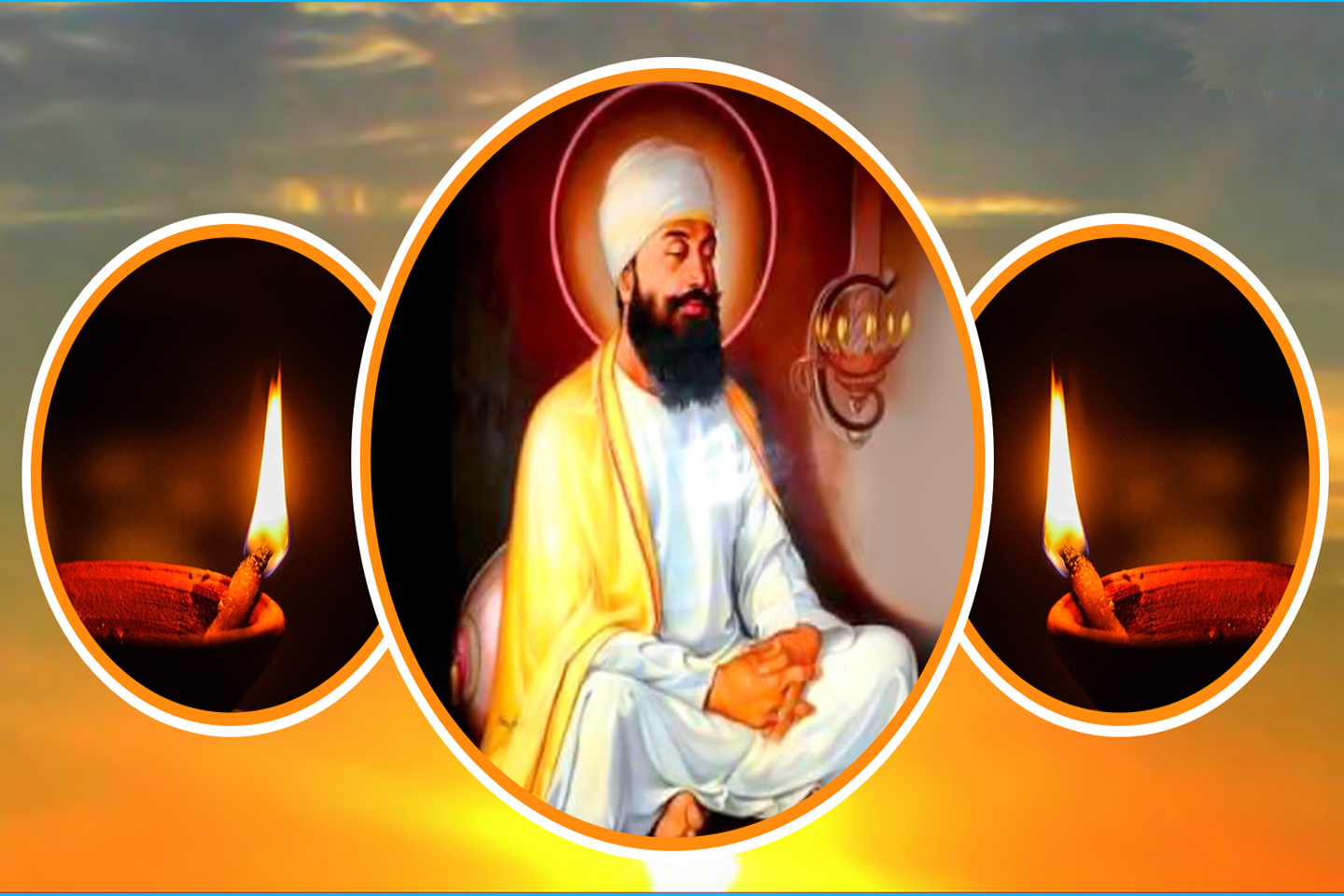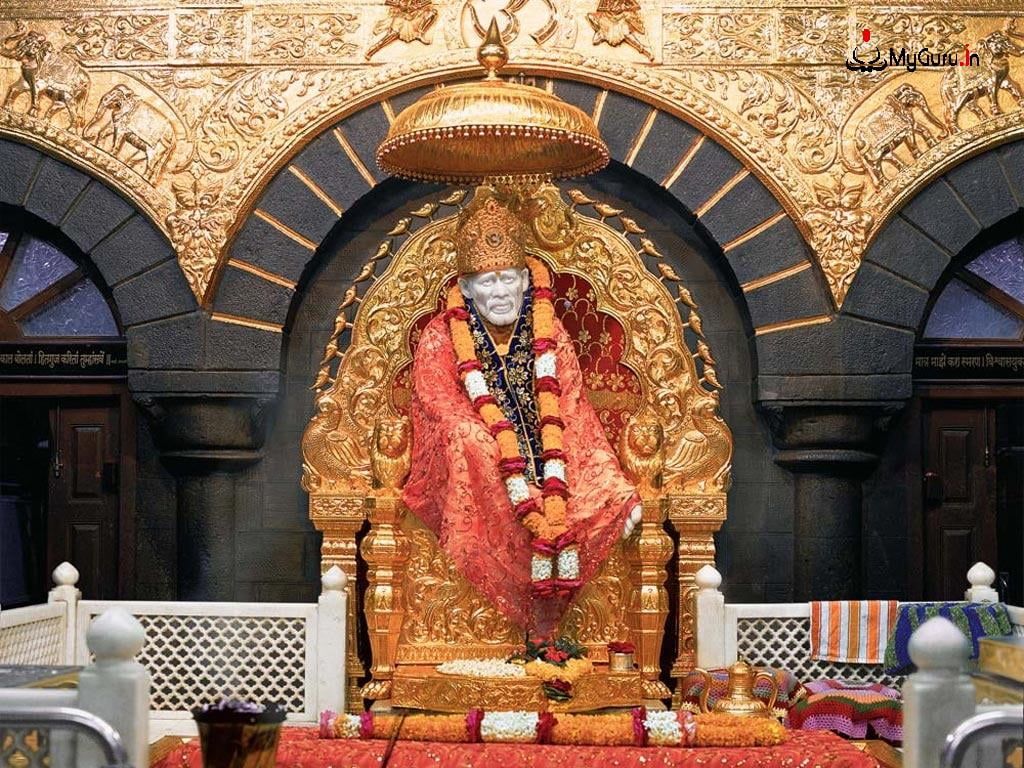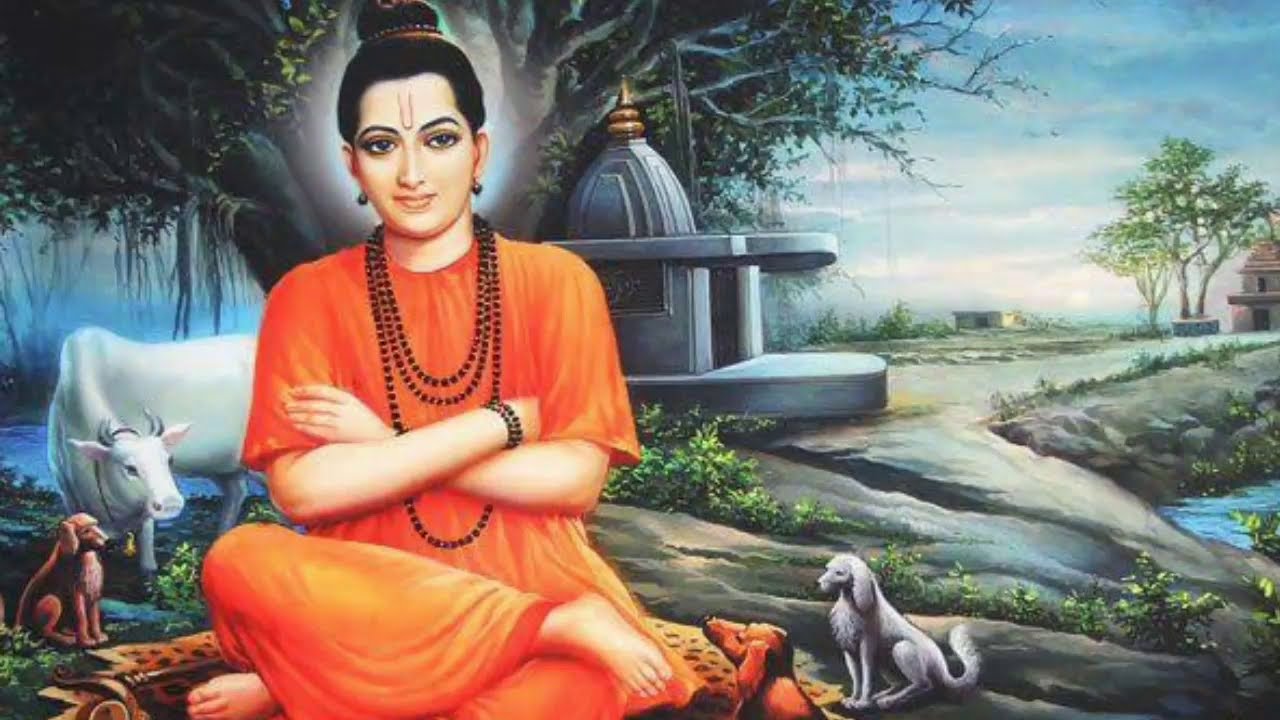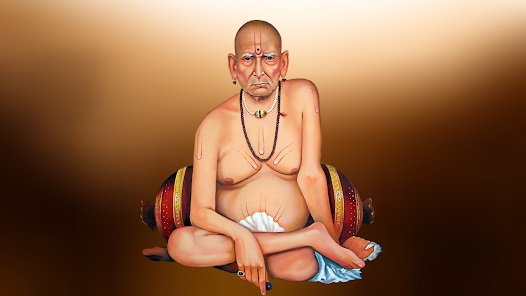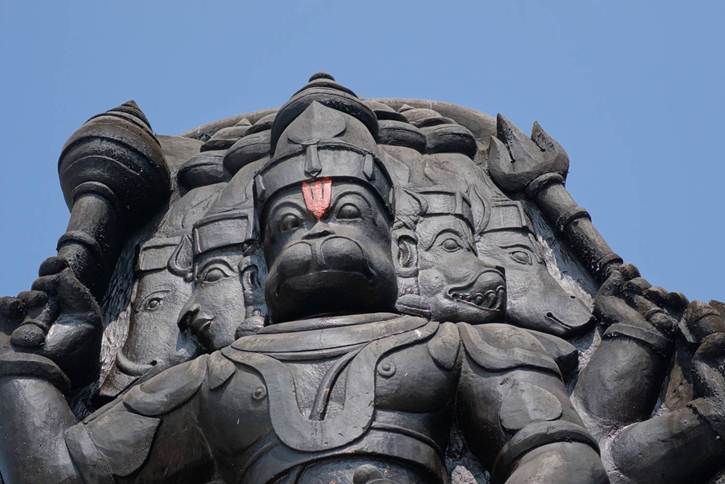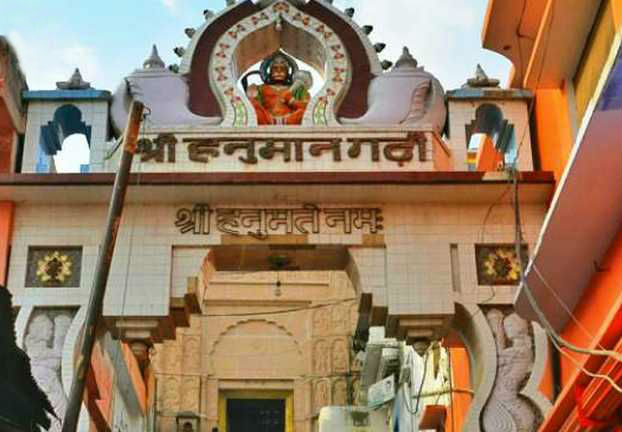Punjab: Guru Teg Bahadur Sahib Ji, the Ninth Guru of Sikhism, is revered as one of the greatest martyrs in the history of India. Born on 11 April 1621 in Amritsar, he is remembered not only for his deep spiritual insights but also for his unwavering stand on religious freedom. His martyrdom in 1675, where he sacrificed his life to protect the religious rights of Hindus, has made him a symbol of selflessness, courage, and unwavering faith.
Early Life and Spiritual Journey
Guru Teg Bahadur Sahib Ji was born as the son of Guru Hargobind Sahib Ji, the sixth Guru of the Sikhs, and Mata Nanaki Ji. His early life was marked by a deep spiritual awakening, and from an early age, he displayed a profound understanding of the Sikh faith. His birth in Amritsar, a city central to Sikhism, set the stage for his eventual leadership of the Sikh community.
After the death of Guru Har Krishan Sahib Ji in 1664, Guru Teg Bahadur Ji succeeded him as the Ninth Guru. He was an embodiment of simplicity, compassion, and fearlessness. During his Guruship, he travelled widely, spreading the message of Guru Nanak’s teachings and firmly establishing Sikhism as a spiritual force in an increasingly turbulent period.
Martyrdom and Legacy
Guru Teg Bahadur Ji’s life came to a tragic but deeply significant end in 1675, when he was martyred under the orders of the Mughal Emperor Aurangzeb. The Emperor, who sought to impose his version of Islam across India, captured Guru Teg Bahadur Ji for refusing to convert to Islam. When the Guru was asked to accept the faith or face execution, he stood firm in his belief, asserting that “religion is a personal choice and no one should be forced to change their faith.”
His execution in Chandni Chowk, Delhi, on 21 November 1675, remains one of the most significant events in Sikh history. Guru Teg Bahadur Sahib Ji’s martyrdom, along with his teachings on religious tolerance, remains a cornerstone of Sikh thought and identity.
Guru Teg Bahadur Sahib Ji’s Spiritual and Historical Impact
Guru Teg Bahadur Sahib Ji’s contributions to Sikhism are not only spiritual but also political. He strongly advocated for the rights of Hindus and other minorities, which led him to his fateful confrontation with the Mughal emperor. His stand on religious freedom has inspired generations, and his sacrifices were pivotal in the fight for human rights and religious liberty.
Guru Teg Bahadur Ji was succeeded by his son, Guru Gobind Singh Sahib Ji, who carried forward the legacy of the Sikh faith and the protection of religious rights. Guru Gobind Singh Ji founded the Khalsa Panth, an organisation of Sikhs dedicated to upholding justice, equality, and righteousness.
Key Gurudwaras Associated with Guru Teg Bahadur Sahib Ji
Several Gurudwaras across India commemorate significant moments in the life and teachings of Guru Teg Bahadur Sahib Ji. Here are some of the major Gurudwaras associated with the Ninth Guru:
1. Gurudwara Shri Guru Ka Mahal, Amritsar
Located in the heart of Amritsar, this Gurudwara marks the birthplace of Guru Teg Bahadur Sahib Ji. The site is a focal point for Sikh devotees, who visit to pay homage to the Guru’s early life and his spiritual legacy. The Gurudwara offers a tranquil setting for reflection and prayer.
2. Gurudwara Shri Baba Bakala Sahib, Baba Bakala
This Gurudwara is the site where Guru Teg Bahadur Sahib Ji ascended to the Guru Gaddi (the seat of leadership) after the passing of Guru Har Krishan Sahib Ji. It was in Baba Bakala that the Sikh community gathered to recognise Guru Teg Bahadur Ji as their spiritual leader. The Gurudwara stands as a testament to his leadership and divine wisdom.
3. Gurudwara Shri Sheesh Ganj Sahib, Chandni Chowk, Delhi
One of the most significant and revered Gurudwaras, Gurudwara Shri Sheesh Ganj Sahib in Chandni Chowk marks the spot where Guru Teg Bahadur Ji was executed. The site holds immense spiritual significance for Sikhs, with a memorial dedicated to the Guru’s martyrdom. Pilgrims from around the world visit to pay tribute to his supreme sacrifice for the cause of religious freedom.
4. Gurudwara Shri Vivah Asthaan, Kartarpur
Situated in Kartarpur, this Gurudwara commemorates the marriage of Guru Teg Bahadur Sahib Ji. The Gurudwara is an important place for Sikhs, celebrating not just the Guru’s spiritual wisdom but also his personal life and values.
Tour Guide: Visiting the Major Gurudwaras of Guru Teg Bahadur Sahib Ji
If you are planning a pilgrimage to visit the major Gurudwaras associated with Guru Teg Bahadur Sahib Ji, here’s a guide to help you make the most of your journey:
1. Amritsar – Gurudwara Shri Guru Ka Mahal
Location: Amritsar, Punjab
Best Time to Visit: The Gurudwara is open year-round, with peak pilgrim visits during festivals such as Guru Nanak Jayanti and Baisakhi.
How to Reach: Amritsar is well-connected by air, rail, and road. The Guru Ka Mahal is easily accessible from the Golden Temple, which is around a 10-minute drive away.
Things to Do: Explore the surrounding historical sites in Amritsar, including the Golden Temple and Jallianwala Bagh.
2. Baba Bakala – Gurudwara Shri Baba Bakala Sahib
Location: Baba Bakala, Punjab
Best Time to Visit: Winter months (October to March) are ideal, as the weather is cooler and more comfortable for travel.
How to Reach: Baba Bakala is a 40-minute drive from Amritsar. The nearest railway station is Baba Bakala Railway Station, which connects to major cities in Punjab and beyond.
Things to Do: Visit the Gurudwara to meditate and reflect on the spiritual leadership of Guru Teg Bahadur Ji. The peaceful surroundings offer a perfect setting for introspection.
3. Delhi – Gurudwara Shri Sheesh Ganj Sahib
Location: Chandni Chowk, Delhi
Best Time to Visit: The Gurudwara is open daily, but it is particularly significant during the martyrdom anniversary of Guru Teg Bahadur Ji on 21 November.
How to Reach: Accessible by the Delhi Metro (Chandni Chowk Station), or by taxi. The Gurudwara is located in the bustling area of Chandni Chowk, near other historical landmarks such as the Red Fort and Jama Masjid.
Things to Do: Pay respects to Guru Teg Bahadur Ji and learn about his martyrdom through the historical exhibits and plaques inside the Gurudwara.
4. Kartarpur – Gurudwara Shri Vivah Asthaan
Location: Kartarpur, Punjab
Best Time to Visit: Kartarpur can be visited throughout the year, but it is particularly beautiful during the spring months (March to May).
How to Reach: Kartarpur is located about 10 km from Jalandhar and is accessible by road. The nearest airport is in Amritsar, which is around a 1.5-hour drive away.
Things to Do: Visit the Gurudwara and witness the serene atmosphere where the Guru’s marriage was celebrated. Explore nearby areas that are rich in Sikh heritage.

